Fun lies in both exploring your environment and manipulating elements within it. Each module scans its surroundings so you can play with Musi by placing the wireless modules where you want or move random objects around. The goal of Musi is awareness of sound composition by abstract music learning and physical manifestation of melody.
Musi - hear the melody of space from Ernest Warzocha on Vimeo.
Musi from Ernest Warzocha on Vimeo.
Inspiration for project started in creative learning techniques and the fact that learning process is strongly related to our body and its actions in physical world. Everyday experiences and their meaning are embedded in the world around us. In this case, while manipulating objects around us - by acting through them we give them new embodied, musical meaning in their melody. To deeply understand this in context of interaction design, I focused on embodied interaction impact on design. The Cubetto by Primo and its way to teach children programming in abstract, screenless way is great example of this point of view. I've decided to seek for similar solution in abstract music learning.
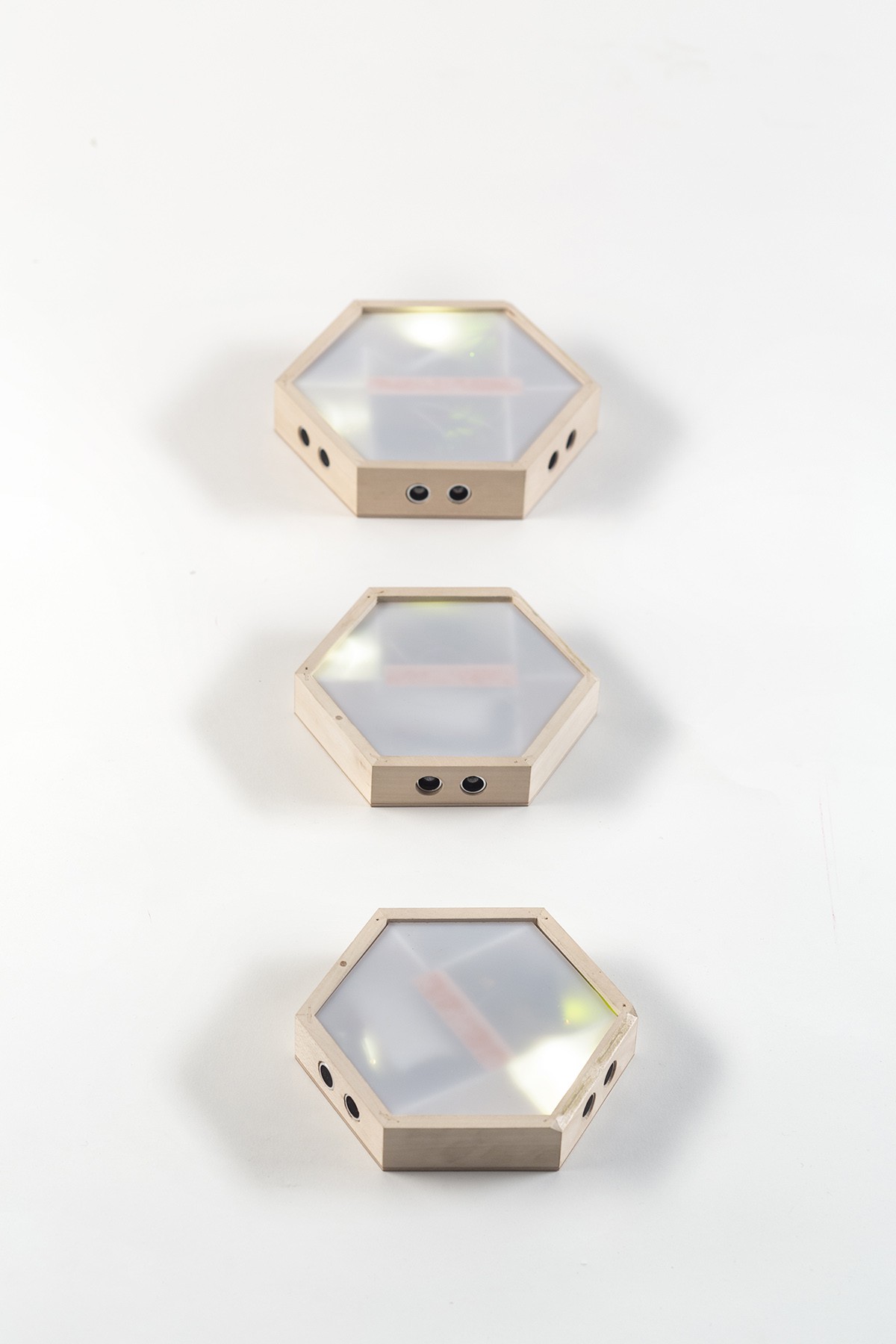
Technically, each wireless module of Musi works as a sonar with ultrasonic sensors at their sides. The idea is simple and great - to convert distances to note pitch and create melody from each module surroundings. During the process I made two versions - first used Raspberry Pi as sound card and basic station with speaker. This solution didn't required computer plugged in and was more intuitive. The extended version gets rid of RPI and works as MIDI instrument.
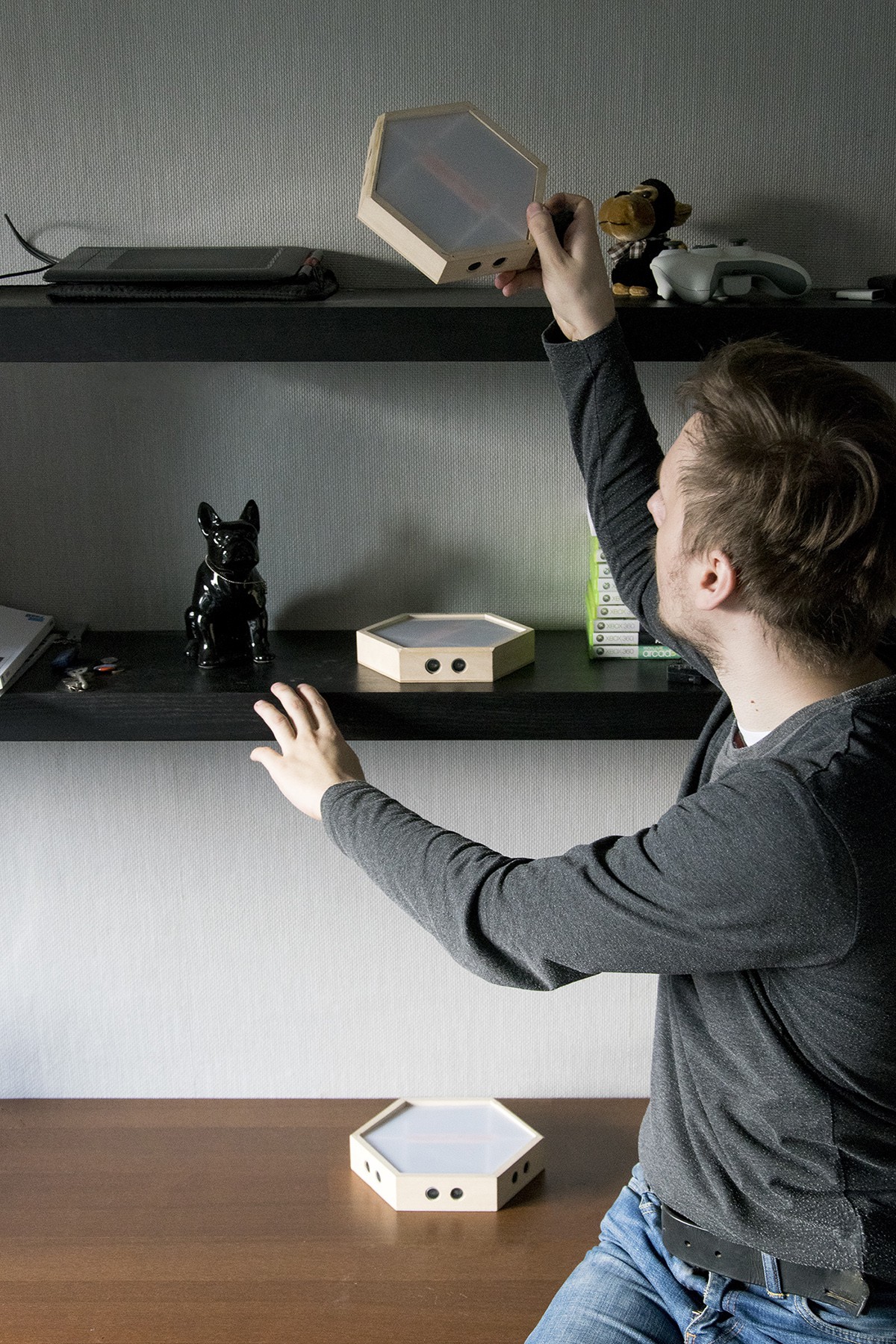
Observing effects of project’s interpretation raises inspiring conclusion: the more tidy area around is - the less harmonic is its melody. Musi can describe an octave geometrically as a spiral of objects, moved away from the device. Another inspiring question arises... how many meters long can octave be? The relation between distance and note pitch are explored further in extended MIDI version of the project. Changing sensors range and octaves density can result in changes in melody which are unachievable with other instruments.Great feature is dividing modules into different instruments and playing complete composition, for example - by placing each module on different shelf and playing their melodies.
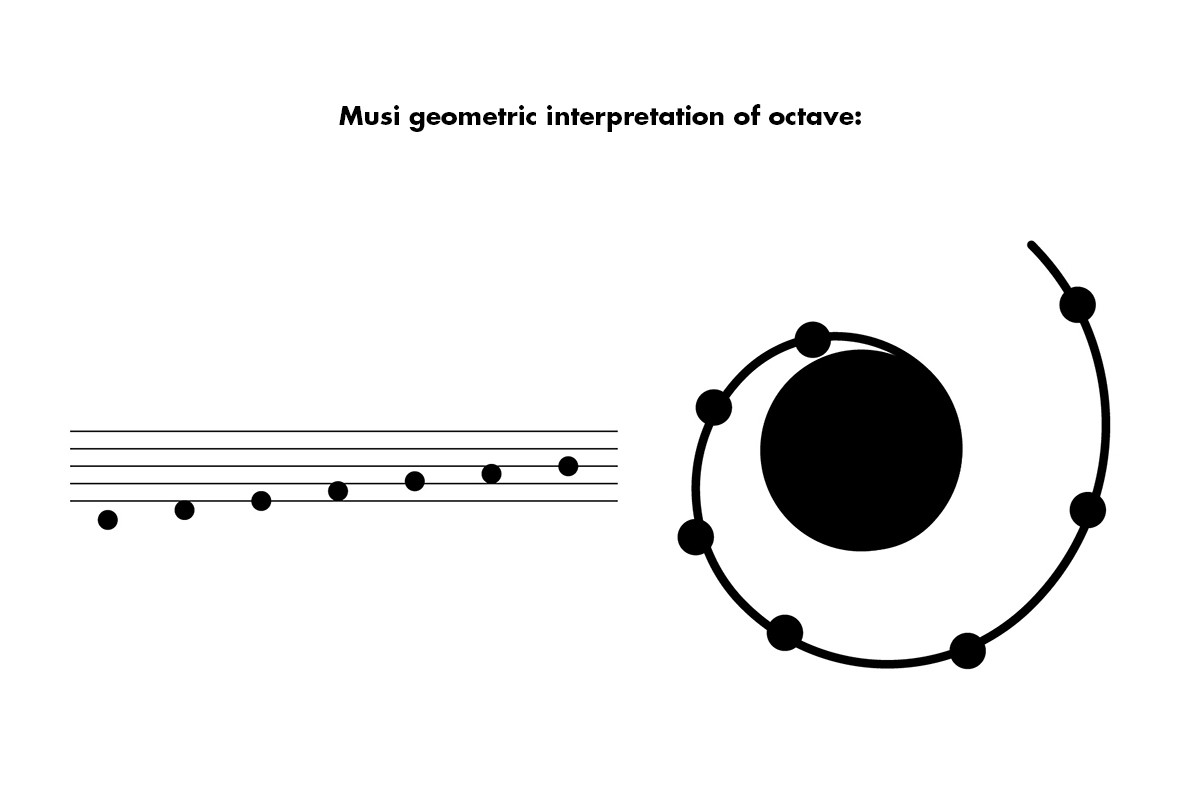
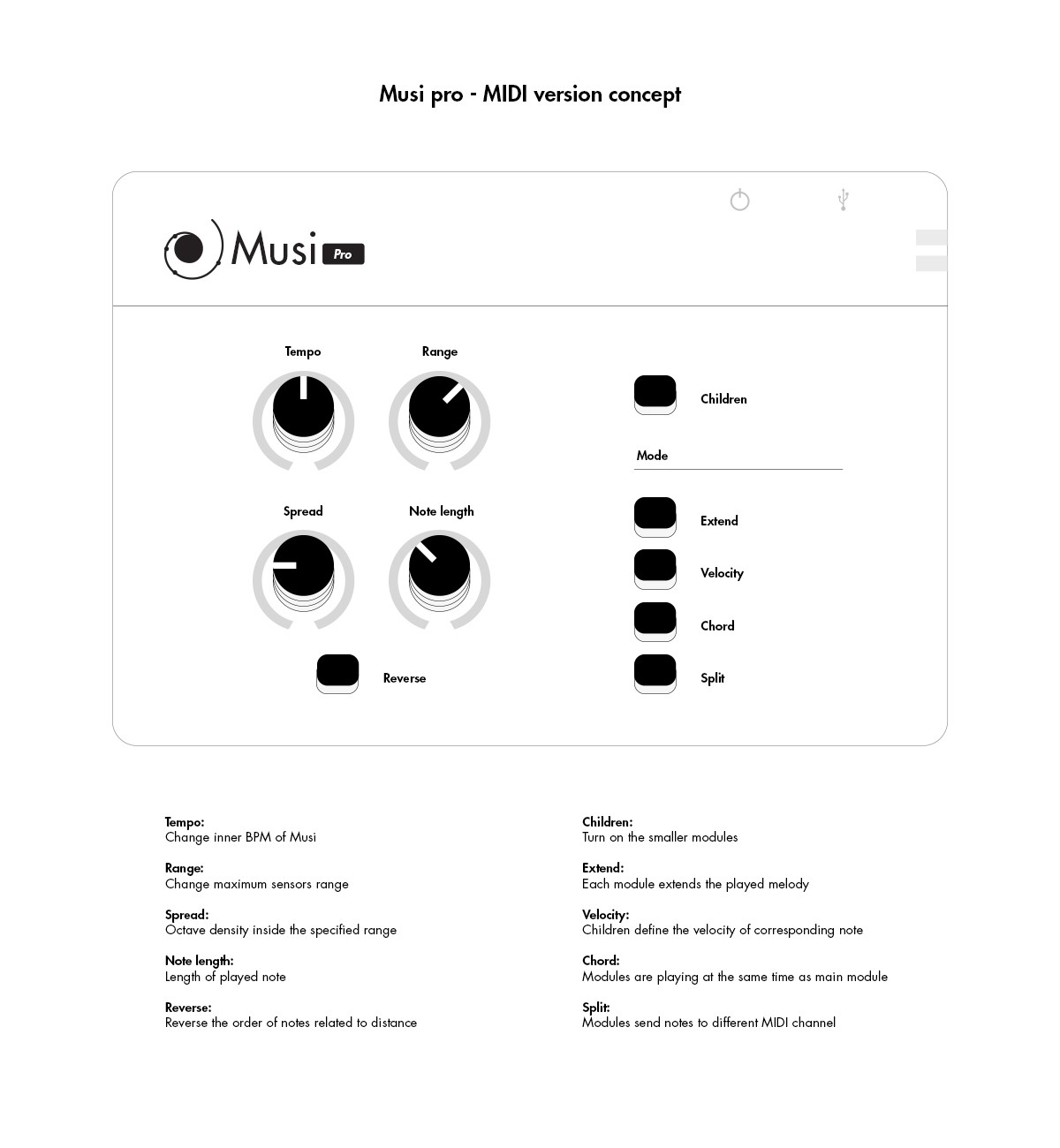
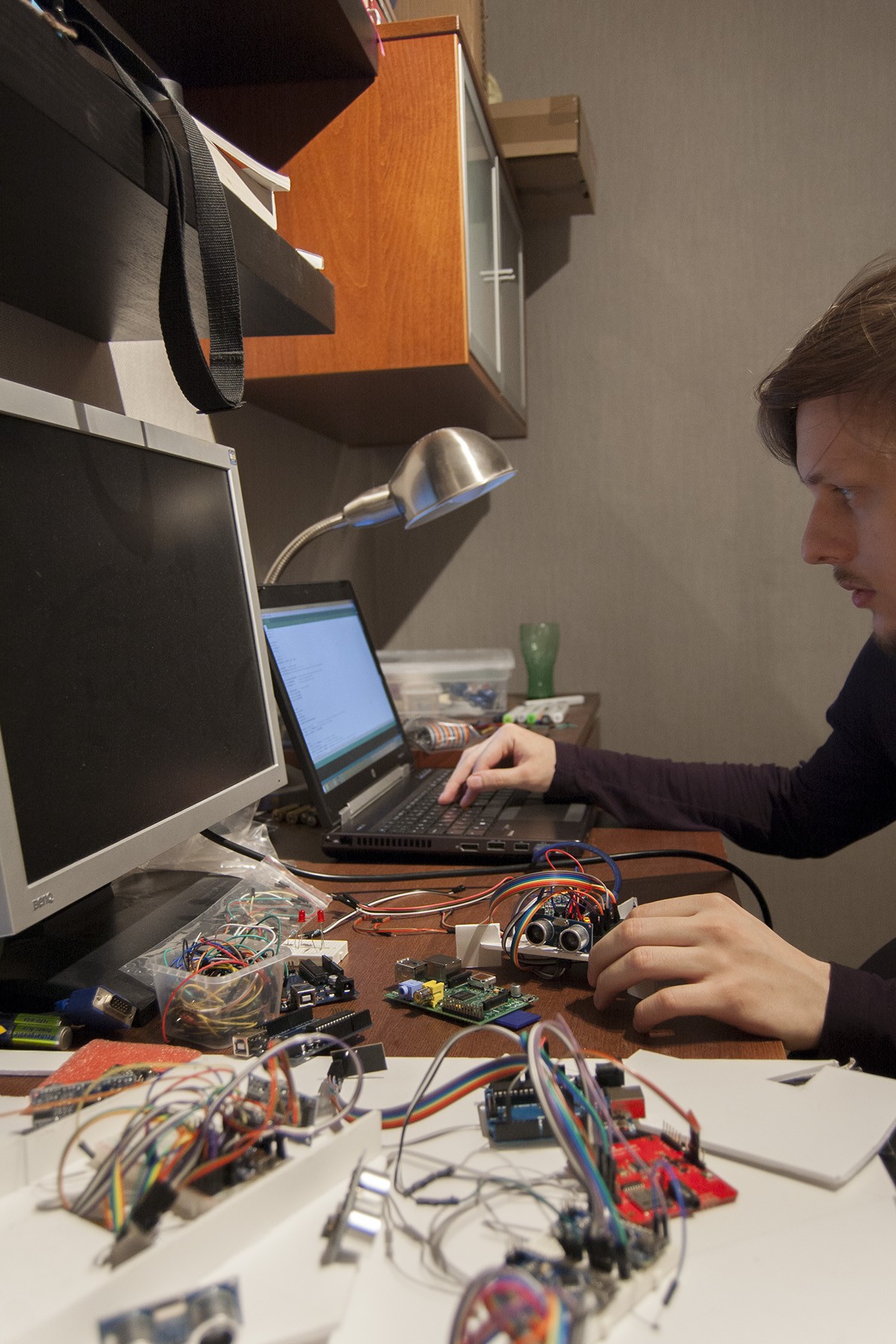
Musi is a part of my graduation at School of Form (Communication Design, 2015). The theoretical thesis was titled “Embodiment - the meaning of body and space in interaction between virtual and real world”.
The project has been featured on many well known websites like The Creators Project, Digital Trends, European Arduino and many more... and exhibited in many places.
 Ernest Warzocha
Ernest Warzocha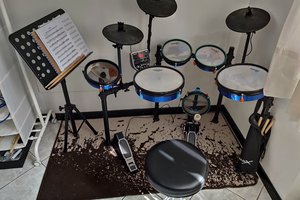
 Evgeny
Evgeny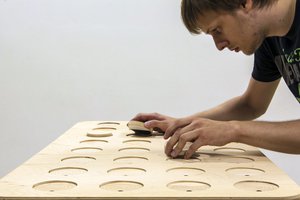
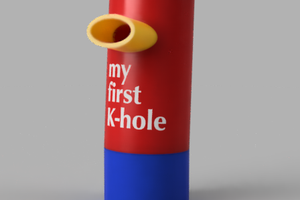
 Benchoff
Benchoff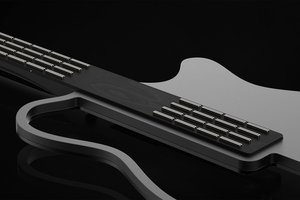
 Joris Wegner
Joris Wegner